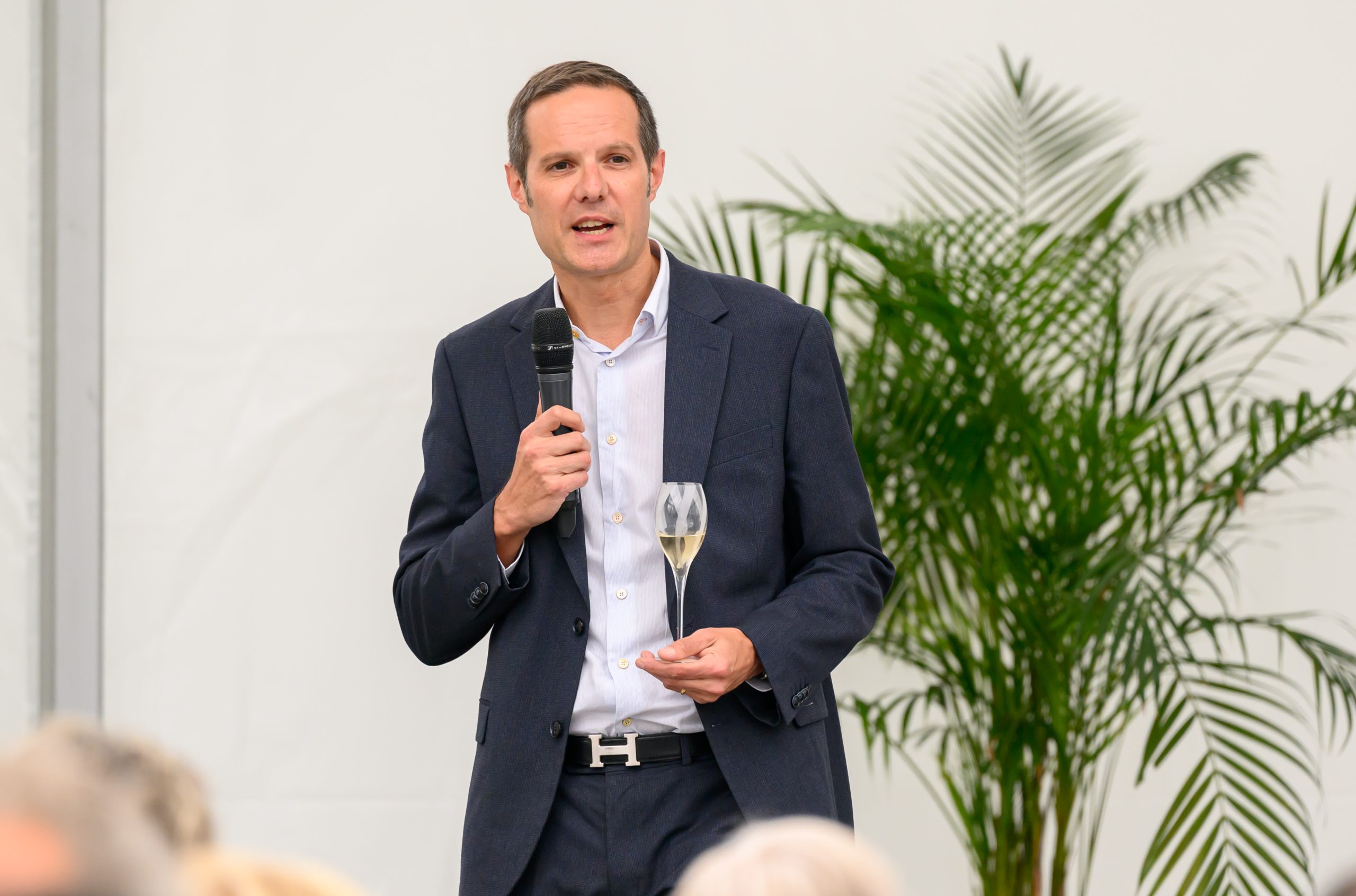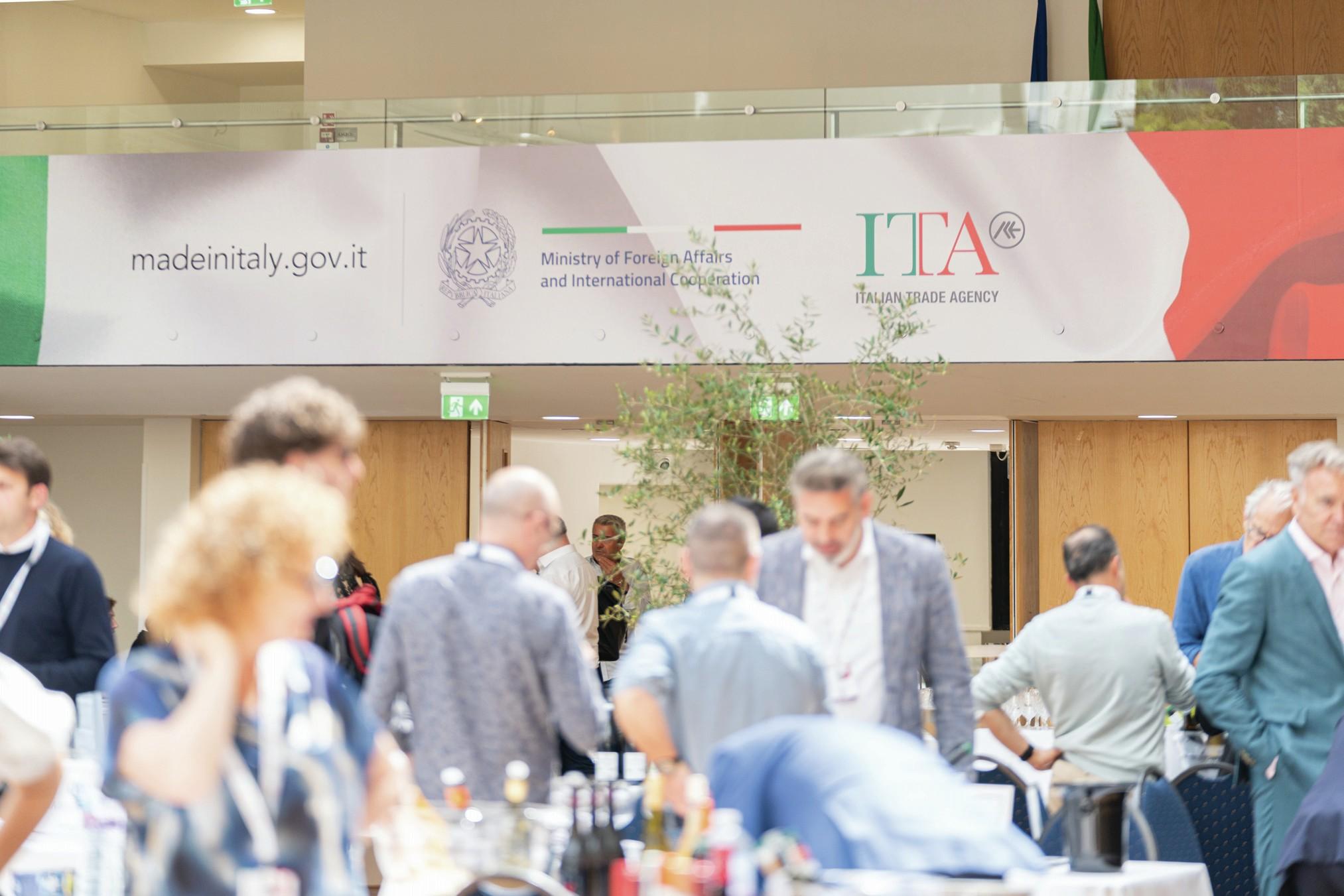Argentina’s white wine renaissance
Argentina has built its reputation on Malbec, but it is fast becoming a powerhouse for white wines too. Lauren Eads reports.

From fresh and floral Torrontés and crisp Sauvignon Blanc, to rich and textured Chardonnay and Semillon, Argentina is making a diverse range of exceptional whites that are perfect with a range of foods, and are driving a new phase in its winemaking story. Argentina’s geography and climate is ideally suited to white wine production. Winemakers simply needed time to find the right sites.
“It has been about 10 years since Argentina began producing top end white wines, and over the last five years the diversity we have found has been nothing less than incredible,” says Agustina Hanna, head winemaker at Ruca Malen in Mendoza.
Many of the most innovative and exciting wines being produced today in Argentina are white. Producers like Mendel, Catena, Riccitelli, and Susana Balbo have been at the forefront. Last month Achaval Ferrer launched its first white wine, with many more producers also exploring different varieties and styles.
What’s changed?
Argentina’s altitude is fundamental to its ability to cultivate white grape varieties, and winemakers’ exploration of ever higher vineyards has allowed them to thrive more consistently. In Mendoza and the high altitude vineyards of the Uco Valley, with its calcareous, stony soils, producers can make wines that retain their acidity, with the Uco key to the development of Argentine whites, especially the sub-regions of Altamira and Gualtallary.

“Argentina is so big, with very different valleys at different latitudes,” explains Roberto de la Mota, renowned consultant, founder and head winemaker at Mendel. “We can cultivate grapes from the tropic [of Capricorn] at 3,000m until the 45 parallel at 300m in Patagonia. In between we have a lot of different valleys with enormous variability of soils, climates and conditions to elaborate not only the reds, but especially whites in altitude or fresher conditions.”
This, combined with an obsessive pursuit of terroir has allowed winemakers to find sites that are perfectly suited to white varieties. Argentina is also fortunate to have stocks of old vine Semillon, Chenin Blanc, Torrontés and Chardonnay, planted to ungrafted pre-phylloxera roots, making it an Aladdin’s Cave of viticultural treasures.
“More winemakers are demonstrating that it is possible to achieve high quality white wines in Argentina,” says Flavia Rizzutto, director of the CAVE hospitality and sommelier school in Buenos Aires, MW candidate and mentor to top Argentine sommeliers Paz Levinson, Valeria Gamper and Andy Donadio. “Styles highlighting terroir with very subtle oak, lees contact adding texture and complexity, sometimes malolactic fermentation, and with potential to age – this trend is just starting.”
Diversity of varieties
Torrontés continues to evolve within and beyond its heartland of Cafayate in Salta, with winemakers producing new flavour profiles that are less floral and more tropical or citrus dominant. Roberto de la Mota also sees potential in the further development of Chenin Blanc. Winemakers are also working with varieties like Riesling, Pinot Gris, Albariño, Viognier, Malvasia and Sauvignon Blanc. But it is Chardonnay and Semillon that are emerging as the grapes most capable of competing with the world’s best.
Partner Content
In the 1970s Semillon was Argentina’s second most planted white variety. Mostly used to produce low quality jug wines. As Malbec became popular, around the 2000s, many of these vineyards were abandoned, ripped up or replaced. Some original plantings survived, with vines now aged 70+ years, with winemakers now rediscovering old vineyards and reviving Semillon. Mendel was the first to produce a 100% Semillon in 2009, and has been pivotal in working to preserve its heritage.
Mendel’s Semillon is made from 70 to 80-year-old ungrafted vines from three different sub-regions of the Uco Valley: Altamira, La Consulta and San Carlos. “We have a lot of old [Semillon] vineyards planted in really good terroirs,” explains de la Mota on why Semillon is suited to Argentina. “Either high in altitude or very cool areas. Vineyards planted before the 80s with high density (more than 5,000 vines per hectare), and old selections that arrived in Argentina in the middle of 19th century, before phylloxera in Europe.”
Other producers include Corazon del Sol, which makes a Semillon grown in the Uco’s Tupungato, aged for 10 months in oak barrels, and Bodegas Altocedro (by winemaker Karim Mussi), which makes a Semillon grown in La Consulta in the Uco, cool-fermented and unoaked, under its Los Poetas label. El Enemigo, a joint venture between Adrianna Catena and Alejandro Vigil, also makes a barrel-fermented Semillon from 70-year-old vines in Agrelo, Mendoza, aged under flor then in barrel for 15 months.

A lot of Semillon is made in Mendoza and the Uco Valley, but Patagonia is home to an abundance of old vines too, particularly Semillon, and its naturally cooler climate means altitude is not as crucial. Rio Negro is the epicentre of old vine production.
Roberto de la Mota planted Chardonnay and Sauvignon Blanc in Rio Negro in 1988 while working with Bodega y Cavas de Weinert, with many other producers moving south since. Matías Riccitelli began a project here in 2015, resulting in an Old Vine Semillon from vines planted in the late 1960s, while Humberto Canale makes an old vine Semillon from vines planted in 1942.
Chardonnay is also gaining praise, a variety that Catena has largely led the way with since the release of its 2009 White Bones and White Stones, made from grapes grown at its high altitude Adrianna vineyard in the Uco Valley. Historically grown in the Luján de Cuyo and Maipú, which are typically hot, dry and sunny, since the early 2000s many producers have planted vineyards to higher areas, in particularly Gualtallary, where it is possible to produce Chardonnay more akin to a Burgundy style.
Ruca Malen is working to see what’s possible, producing three different Chardonnays from different terroirs and in different styles. “To me, it’s really important to have balance and freshness in whites, not only different aromas but we are also looking for texture and vibrancy in the mouth, and that is why we look towards the Uco Valley,” says Hanna. “Here you can find a more refreshing acidity and texture. We avoid malolactic fermentation to maintain acidity and work to achieve volume in the mouth with battonage (lees stirring Zuccardi’s Fósil from San Pablo and Terrazas de Los Andes Grand Chardonnay are also stand out examples from the Uco Valley, alongside Altaluvia from Doña Paula and Tapiz’ Classic Chardonnay.
Top end blends
Blends are also gaining prominence. Last month, Achaval Ferrer announced the inaugural vintage of its first white wine, Achaval Ferrer Quimera Blanco 2022 – a Chardonnay-dominant blend with Semillon, Viognier and Sauvignon Blanc, grown in Tupungato in the Uco Valley. Susana Balbo’s Signature was first released with the 2015 vintage and is made from a blend of Sauvignon Blanc, Torrontés and Semillon from Altamira in the Uco Valley.
Blanchard & Lurton, a collaboration between winemaker Andres Blanchard and Bordeaux producer François Lurton, was founded in 2014 with the aim of producing Argentine whites. It has taken the concept of a Bordeaux blend to create its Blanchard & Lurton Grand Vin – a blend of predominantly Tokay (Sauvignon Vert), Viognier, Pinot Gris, Chardonnay, and sometimes Sauvignon Blanc. Ruca Malen produces a white blend with Sauvignon Blanc and Semillon, aged in a concrete egg, and is also experimenting with amphoras, barrels and granite clayvers.
“We are at a time when everyone deserves to know that there really is more to Mendoza than Malbec, and more to Argentina than our reds,” says Hanna. Argentina has conquered Malbec, now white wines are the next step in its evolution.
Related news
The best wines from The Chardonnay Masters 2025
Chablis adapts vineyard rules to future-proof against climate challenges
How the Chardonnay Association of South Africa is changing perceptions




